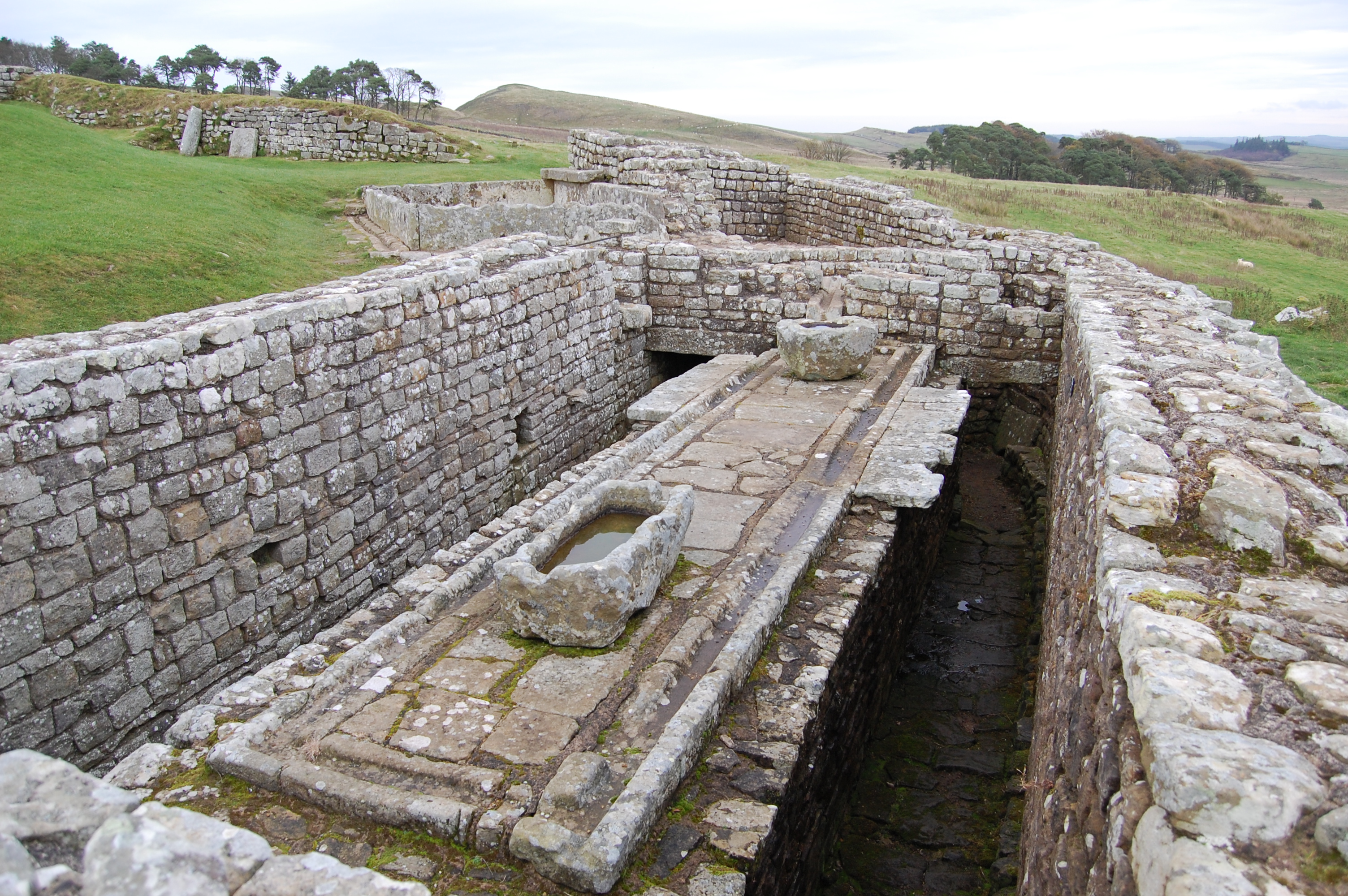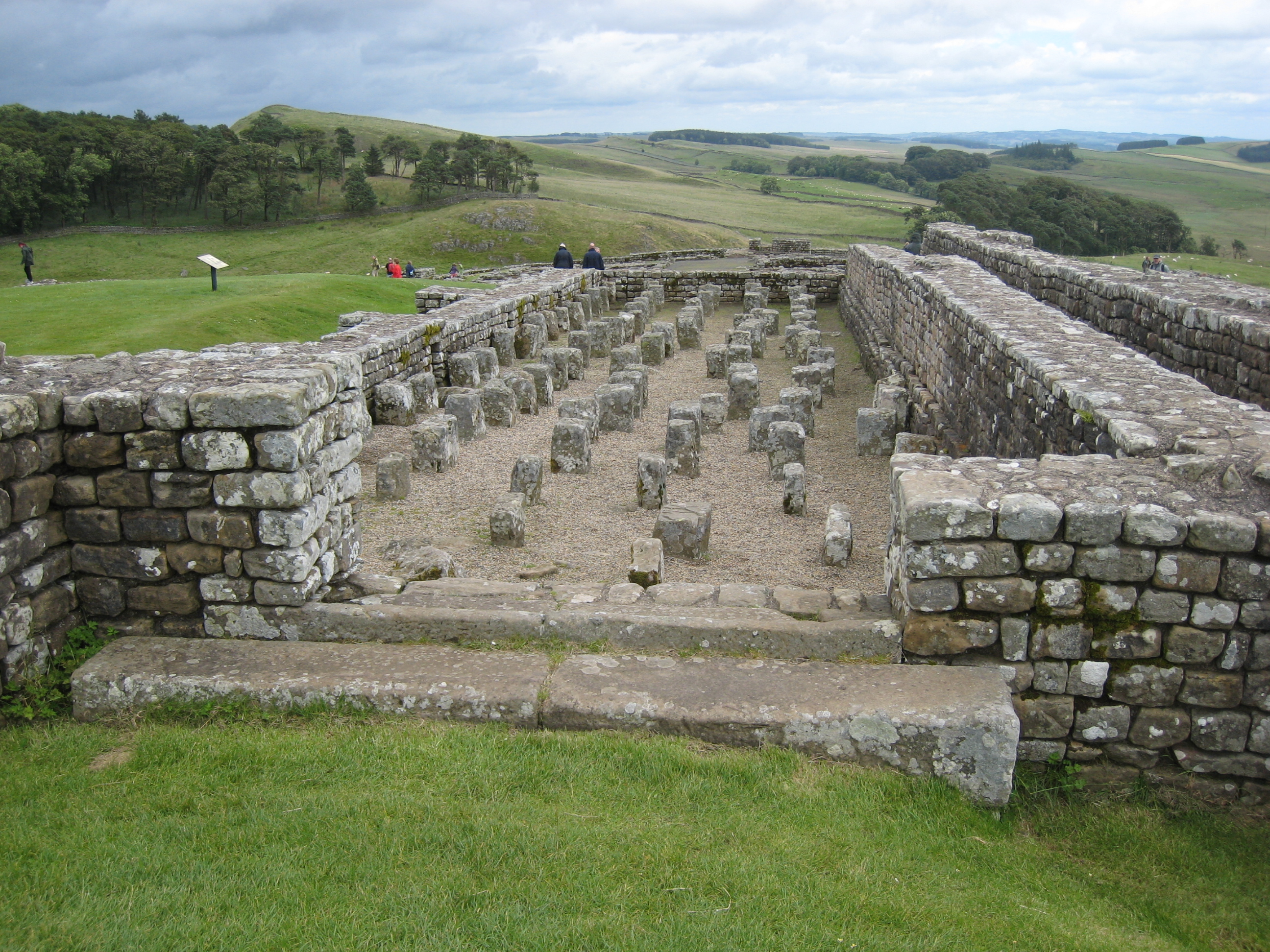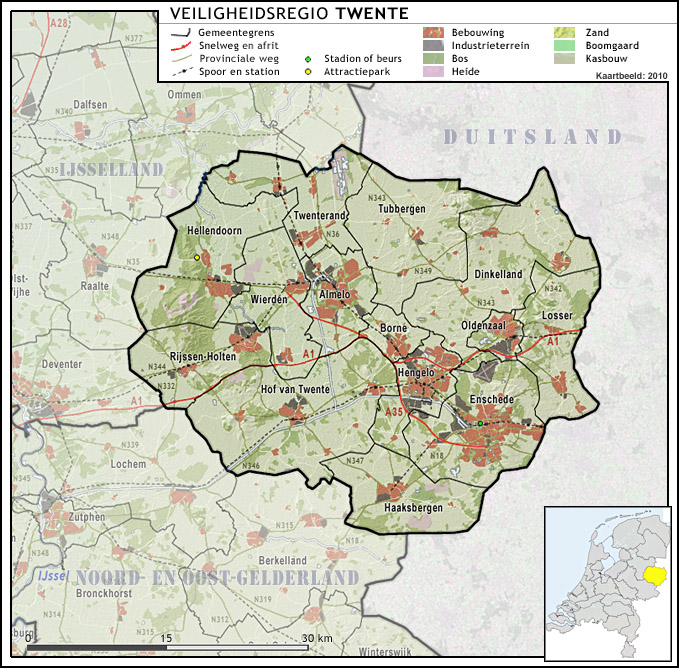|
Cuneus Frisionum
''Cuneus Frisionum'' or ''Frisiorum cuneus'' are the names of units of Frisian auxiliaries in the Roman army. Two memorial stones in Housesteads, Hexham, England mention the name. They were engraved by Frisian soldiers from Twente (Tuihanti) in the 3rd century between 222 and 235, and are dedicated to Mars Thingsus. They were discovered in 1883. One is from a pillar shaped altar and the other from a smaller altar; they are engraved in badly written Latin: :DEO MARTI ET DVABVS ALAISIAGIS ET N AVG GER CIVES TVIHANTI CVNEI FRISIORVM VER SER ALEXANDRIANI VOTVM SOLVERVNT LIBENTES M and: :DEO MARTI THINCSO DVABVS ET ALAISAGIS BEDE ET FIMMILENE ET N AVG GERM CIVES TVIHANTI VSLM They mean "To the god Mars and the two Alaisiagae, and to the divine power of the Emperor, the Germanic tribesmen of Tuihantis of the formation of Frisians of Vercovicium, Severus Alexanders's own, willingly and deservedly fulfilled their vow." and "To the god Mars Thincsus and the two Alaisiagae In Romano- ... [...More Info...] [...Related Items...] OR: [Wikipedia] [Google] [Baidu] |
Housesteads Latrines
Housesteads Roman Fort is the remains of an auxiliary fort on Hadrian's Wall, at Housesteads, Northumberland, England, south of Broomlee Lough. The fort was built in stone around AD 124, soon after the construction of the wall began in AD 122 when the area was part of the Roman province of Britannia. Its name has been variously given as Vercovicium, Borcovicus, Borcovicium, and Velurtion. The 18th-century farmhouse Housesteads gives the modern name. The site is owned by the National Trust and is in the care of English Heritage. Finds can be seen at the site, in the museum at Chesters, and in the Great North Museum: Hancock in Newcastle upon Tyne. History Hadrian's Wall was begun in AD 122. A fort was built in stone at the Housesteads Roman Fort site around AD 124 overlying the original Broad Wall foundation and Turret 36B, about two miles north east of an existing fort at Vindolanda. The fort was repaired and rebuilt several times, its northern defences being particularly ... [...More Info...] [...Related Items...] OR: [Wikipedia] [Google] [Baidu] |
Frisii
The Frisii were an ancient Germanic tribe living in the low-lying region between the Rhine–Meuse–Scheldt delta and the River Ems, and the presumed or possible ancestors of the modern-day ethnic Dutch. The Frisii lived in the coastal area stretching roughly from present-day Bremen to Bruges, including many of the smaller offshore islands. In the 1st century BC, Romans took control of the Rhine delta but Frisii to the north of the river managed to maintain some level of independence. Some or all of the Frisii may have joined into the Frankish and Saxon peoples in late Roman times, but they would retain a separate identity in Roman eyes until at least 296, when they were forcibly resettled as ''laeti'' (i.e., Roman-era serfs) and thereafter disappear from recorded history. Their tentative existence in the 4th century is confirmed by archaeological discovery of a type of earthenware unique to 4th-century Frisia, called ''terp Tritzum'', showing that an unknown number of F ... [...More Info...] [...Related Items...] OR: [Wikipedia] [Google] [Baidu] |
Roman Army
The Roman army (Latin: ) was the armed forces deployed by the Romans throughout the duration of Ancient Rome, from the Roman Kingdom (c. 500 BC) to the Roman Republic (500–31 BC) and the Roman Empire (31 BC–395 AD), and its medieval continuation, the Eastern Roman Empire. It is thus a term that may span approximately 2,205 years (753 BC–1453 AD), during which the Roman armed forces underwent numerous permutations in size, composition, organisation, equipment and tactics, while conserving a core of lasting traditions. Historical overview Early Roman army (c. 500 BC to c. 300 BC) The early Roman army was the armed forces of the Roman Kingdom and of the early Roman Republic. During this period, when warfare chiefly consisted of small-scale plundering raids, it has been suggested that the army followed Etruscan or Greek models of organisation and equipment. The early Roman army was based on an annual levy. The army consisted of 3,000 infantrymen and 300 cavalrymen, all of ... [...More Info...] [...Related Items...] OR: [Wikipedia] [Google] [Baidu] |
Housesteads
Housesteads Roman Fort is the remains of an auxiliary fort on Hadrian's Wall, at Housesteads, Northumberland, England, south of Broomlee Lough. The fort was built in stone around AD 124, soon after the construction of the wall began in AD 122 when the area was part of the Roman province of Britannia. Its name has been variously given as Vercovicium, Borcovicus, Borcovicium, and Velurtion. The 18th-century farmhouse Housesteads gives the modern name. The site is owned by the National Trust and is in the care of English Heritage. Finds can be seen at the site, in the museum at Chesters, and in the Great North Museum: Hancock in Newcastle upon Tyne. History Hadrian's Wall was begun in AD 122. A fort was built in stone at the Housesteads Roman Fort site around AD 124 overlying the original Broad Wall foundation and Turret 36B, about two miles north east of an existing fort at Vindolanda. The fort was repaired and rebuilt several times, its northern defences being particular ... [...More Info...] [...Related Items...] OR: [Wikipedia] [Google] [Baidu] |
Hexham
Hexham ( ) is a market town and civil parishes in England, civil parish in Northumberland, England, on the south bank of the River Tyne, formed by the confluence of the North Tyne and the South Tyne at Warden, Northumberland, Warden nearby, and close to Hadrian's Wall. Hexham was the administrative centre for the Tynedale district from 1974 to 2009. In 2011, it had a population of 13,097. Smaller towns and villages around Hexham include Corbridge, Riding Mill, Stocksfield and Wylam to the east, Acomb, Northumberland, Acomb and Bellingham, Northumberland, Bellingham to the north, Allendale, Northumberland, Allendale to the south and Haydon Bridge, Bardon Mill and Haltwhistle to the west. Newcastle upon Tyne is to the east and Carlisle to the west. History Hexham Abbey originated as a monastery founded by Wilfrid in 674. The crypt of the original monastery survives, and incorporates many stones taken from nearby Roman ruins, probably Coria (Corbridge), Corbridge or Hadrian's ... [...More Info...] [...Related Items...] OR: [Wikipedia] [Google] [Baidu] |
Twente
Twente ( nl, Twente , Tweants dialect: ''Tweante'') is a region in the eastern Netherlands. It encompasses the most urbanised and easternmost part of the province of Overijssel. Twente is most likely named after the Tuihanti or Tvihanti, a Germanic tribe that settled in the area and was mentioned by the Roman historian Tacitus. The region's borders are defined by the Overijssel region of Salland in the northwest and west (the river Regge roughly defines the western border), the German County of Bentheim in the northeast and east (the river Dinkel roughly defines the eastern border) and the Gelderland region of the Achterhoek in the south. Twente has approximately 620,000 inhabitants, most of whom live in its three largest cities: Almelo, Hengelo and Enschede, the latter being the main city of the region. It comprises fourteen municipalities: Almelo, Borne, Dinkelland, Enschede, Haaksbergen, Hellendoorn, Hengelo, Hof van Twente, Losser, Oldenzaal, Rijssen-Holten, Tubbergen, Twe ... [...More Info...] [...Related Items...] OR: [Wikipedia] [Google] [Baidu] |
Mars Thingsus
Mars is the fourth planet from the Sun The Sun is the star at the center of the Solar System. It is a nearly perfect ball of hot plasma, heated to incandescence by nuclear fusion reactions in its core. The Sun radiates this energy mainly as light, ultraviolet, and infrared radi ... and the second-smallest planet in the Solar System, only being larger than Mercury (planet), Mercury. In the English language, Mars is named for the Mars (mythology), Roman god of war. Mars is a terrestrial planet with a thin atmosphere (less than 1% that of Earth's), and has a crust primarily composed of elements similar to Earth's crust, as well as a core made of iron and nickel. Mars has surface features such as impact craters, valleys, dunes and polar ice caps. It has two small and irregularly shaped moons, Phobos (moon), Phobos and Deimos (moon), Deimos. Some of the most notable surface features on Mars include Olympus Mons, the largest volcano and List of tallest mountains in the ... [...More Info...] [...Related Items...] OR: [Wikipedia] [Google] [Baidu] |
Alaisiagae
In Romano-British culture and Germanic polytheism, the Alaisiagae (possibly "dispatching terrors" or "all-victorious") were a quartet of Celtic and Germanic goddesses deifying victory. Centres of worship The Alaisiagae were Celtic deities and Germanic deities who were worshipped in Roman Britain, altar-stones raised to them having been recovered in the United Kingdom at Vercovicium (Housesteads Roman Fort) at Hadrian's Wall in England. Another centre of worship was perhaps the town of Bitburg, near the German-Belgian border, which was called “Beda Vicus,” which although Latin derives from the Celtic "Village of Beda.". Votive inscriptions First inscription One of the votive inscriptions to these goddesses reads: : DEO MARTI THINCSO ET DVABVS ALAISAGIS BEDE ET FIMMILENE ET N AVG GERM CIVES TVIHANTI VSLM : "To the god Mars Thincsus and the two Alaisagae, Beda and Fimmilena, and the divine spirit of the emperor, the German tribesmen from Tuihantis willingly and deserved ... [...More Info...] [...Related Items...] OR: [Wikipedia] [Google] [Baidu] |
Buildings And Structures Completed In The 3rd Century
A building, or edifice, is an enclosed structure with a roof and walls standing more or less permanently in one place, such as a house or factory (although there's also portable buildings). Buildings come in a variety of sizes, shapes, and functions, and have been adapted throughout history for a wide number of factors, from building materials available, to weather conditions, land prices, ground conditions, specific uses, prestige, and aesthetic reasons. To better understand the term ''building'' compare the list of nonbuilding structures. Buildings serve several societal needs – primarily as shelter from weather, security, living space, privacy, to store belongings, and to comfortably live and work. A building as a shelter represents a physical division of the human habitat (a place of comfort and safety) and the ''outside'' (a place that at times may be harsh and harmful). Ever since the first cave paintings, buildings have also become objects or canvasses of much artistic ... [...More Info...] [...Related Items...] OR: [Wikipedia] [Google] [Baidu] |
1883 In England
Events January–March * January 4 – ''Life (magazine), Life'' magazine is founded in Los Angeles, California, United States. * January 10 – A Newhall House Hotel Fire, fire at the Newhall Hotel in Milwaukee, Wisconsin, United States, kills 73 people. * January 16 – The Pendleton Civil Service Reform Act, establishing the United States civil service, is passed. * January 19 – The first electric lighting system employing overhead wires begins service in Roselle, New Jersey, United States, installed by Thomas Edison. * February – ''The Adventures of Pinocchio'' by Carlo Collodi is first published complete in book form, in Italy. * February 15 – Tokyo Electrical Lightning Grid, predecessor of Tokyo Electrical Power (TEPCO), one of the largest electrical grids in Asia and the world, is founded in Japan. * February 16 – The ''Ladies' Home Journal'' is published for the first time, in the United States. * February 23 – Al ... [...More Info...] [...Related Items...] OR: [Wikipedia] [Google] [Baidu] |
History Of Frisia
Frisia has changed dramatically over time, both through floods and through a change in identity. It is part of the Nordwestblock which is a hypothetical historic region linked by language and culture. Roman times The Frisii began settling in Frisia around 500 BC. According to Pliny the Younger, in Roman times, the Frisians (or, as it may be, their close neighbours, the Chauci) lived on terps, man-made hills. According to other sources, the Frisians lived along a broader expanse of the North Sea (or "Frisian Sea") coast. Frisia at this time comprised the present-day provinces of Friesland and North Holland. Frisians appear to have been among the Germanic groups who invaded Britain during the so-called Migration period (''Völkerwanderung''), as Angles and Saxons travelled from their home base through Frisian territory in what is now northern Germany and central Netherlands.Mostert, "Frisians", pp. 194-5. Kingdom of Frisia The 8th-century historian Bede also used th ... [...More Info...] [...Related Items...] OR: [Wikipedia] [Google] [Baidu] |
Buildings And Structures In Northumberland
A building, or edifice, is an enclosed structure with a roof and walls standing more or less permanently in one place, such as a house or factory (although there's also portable buildings). Buildings come in a variety of sizes, shapes, and functions, and have been adapted throughout history for a wide number of factors, from building materials available, to weather conditions, land prices, ground conditions, specific uses, prestige, and aesthetic reasons. To better understand the term ''building'' compare the list of nonbuilding structures. Buildings serve several societal needs – primarily as shelter from weather, security, living space, privacy, to store belongings, and to comfortably live and work. A building as a shelter represents a physical division of the human habitat (a place of comfort and safety) and the ''outside'' (a place that at times may be harsh and harmful). Ever since the first cave paintings, buildings have also become objects or canvasses of much artis ... [...More Info...] [...Related Items...] OR: [Wikipedia] [Google] [Baidu] |









